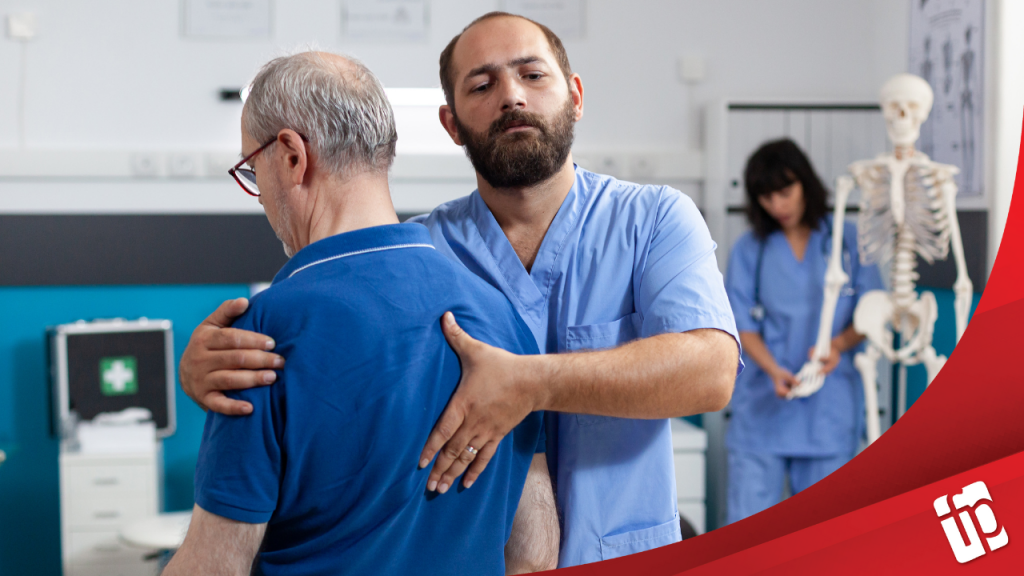
Pressure injuries are important health issues and often one of the greatest challenges that healthcare constantly faces. Not only can treating pressure injuries be costly, but they can have a bigger negative impact on residents’ lives than you might think.
Pressure injuries are commonly seen in high-risk populations, such as the elderly, immobile residents, and those who are extremely ill. Preventing pressure ulcers can be difficult for caregivers and the healthcare industry. Prevention is not solely the responsibility of nursing; it falls on the entire interdisciplinary team. Providing optimal care and focusing the attention to prevention can save residents from unnecessary harm, hospital admissions, and potentially death.
Pressure injuries prevention:
- Assess skin thoroughly at admission.
- Assess pressure points, temperature, and skin beneath medical devices.
- Early identification for high-risk residents with comorbidities (such as diabetes and vascular problems).
- Clean skin promptly after incontinence episodes.
- Provide adequate nutrition/hydration (if not contraindicated).
- Implement a turn and reposition schedule.
- Refer resident to the dietician.
- Provide nutritional supplements as indicated.
- Provide pressure reducing devices (mattress, wheelchair cushion, etc.).
Benefits of preventing pressure injuries:
- Improve quality of life for residents.
- Decrease the risk of hospital admission.
- Prevents pain and infections.
- Improve Quality Measures.
Prevention of a pressure injury is a critical part of caring for a resident. For residents at risk, appropriate interventions need to be in place and communicated to the healthcare team and the caregiver. Treating a resident with a pressure injury requires a team approach to provide treatment that will maintain health and quality of life. No pressure, No injury.
